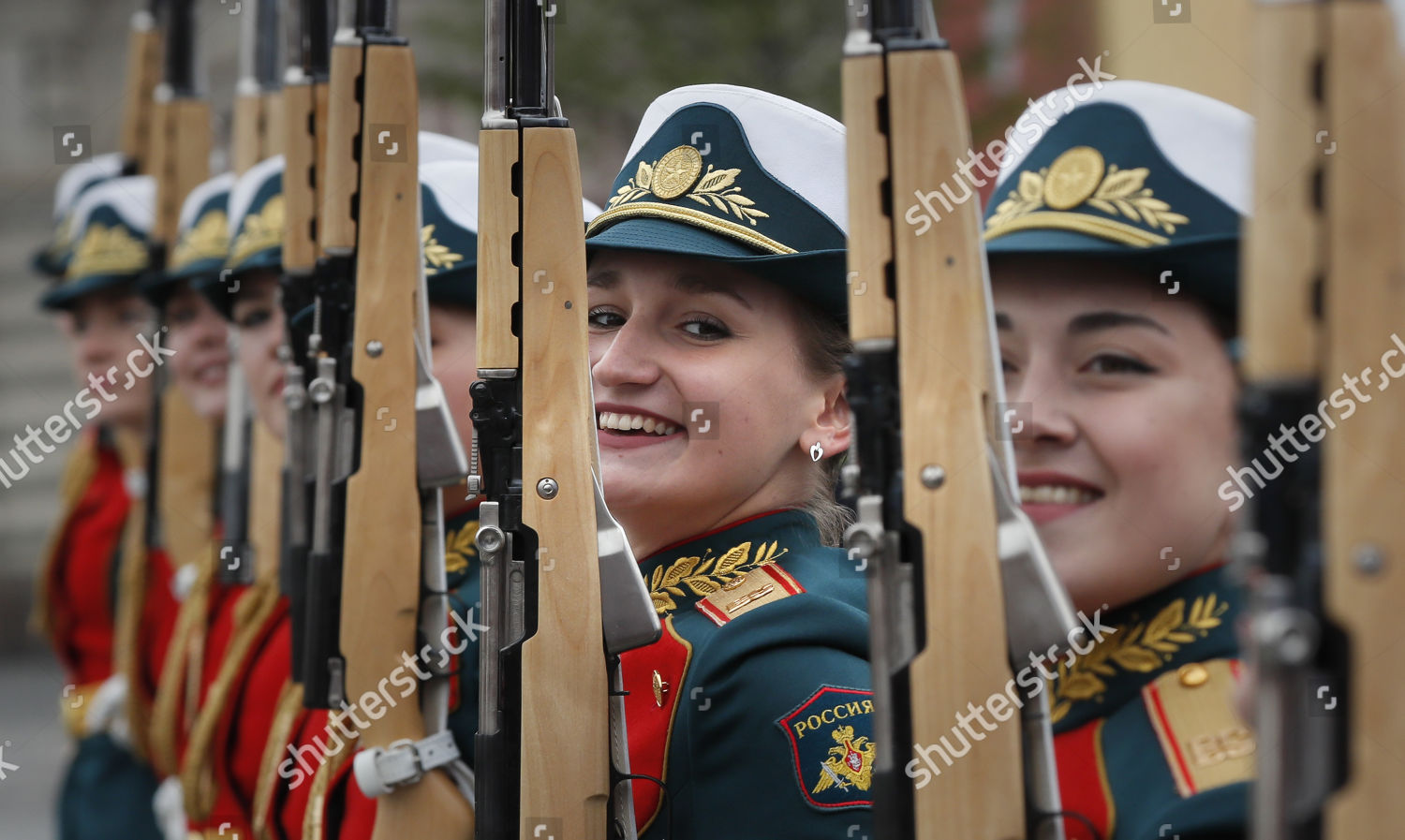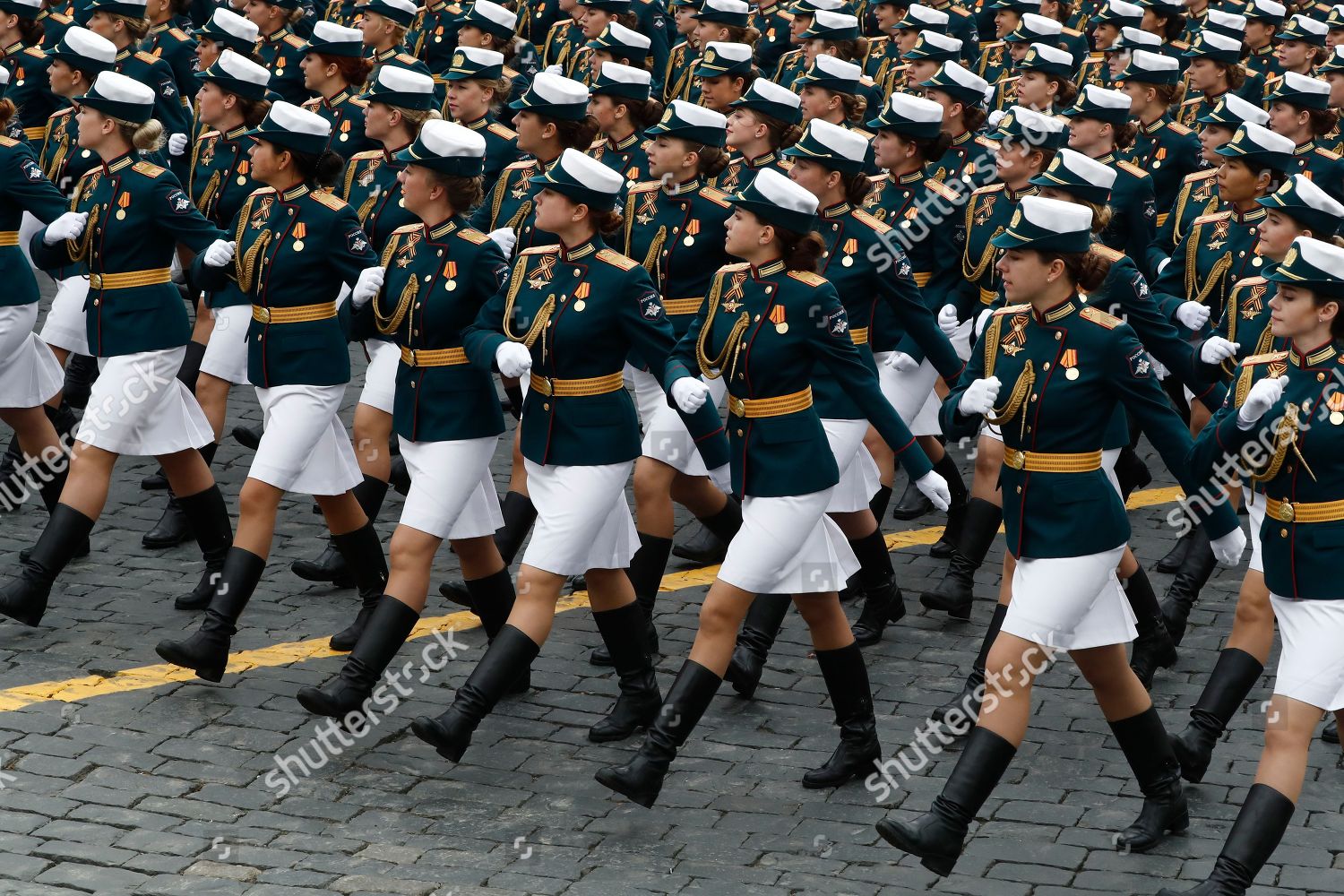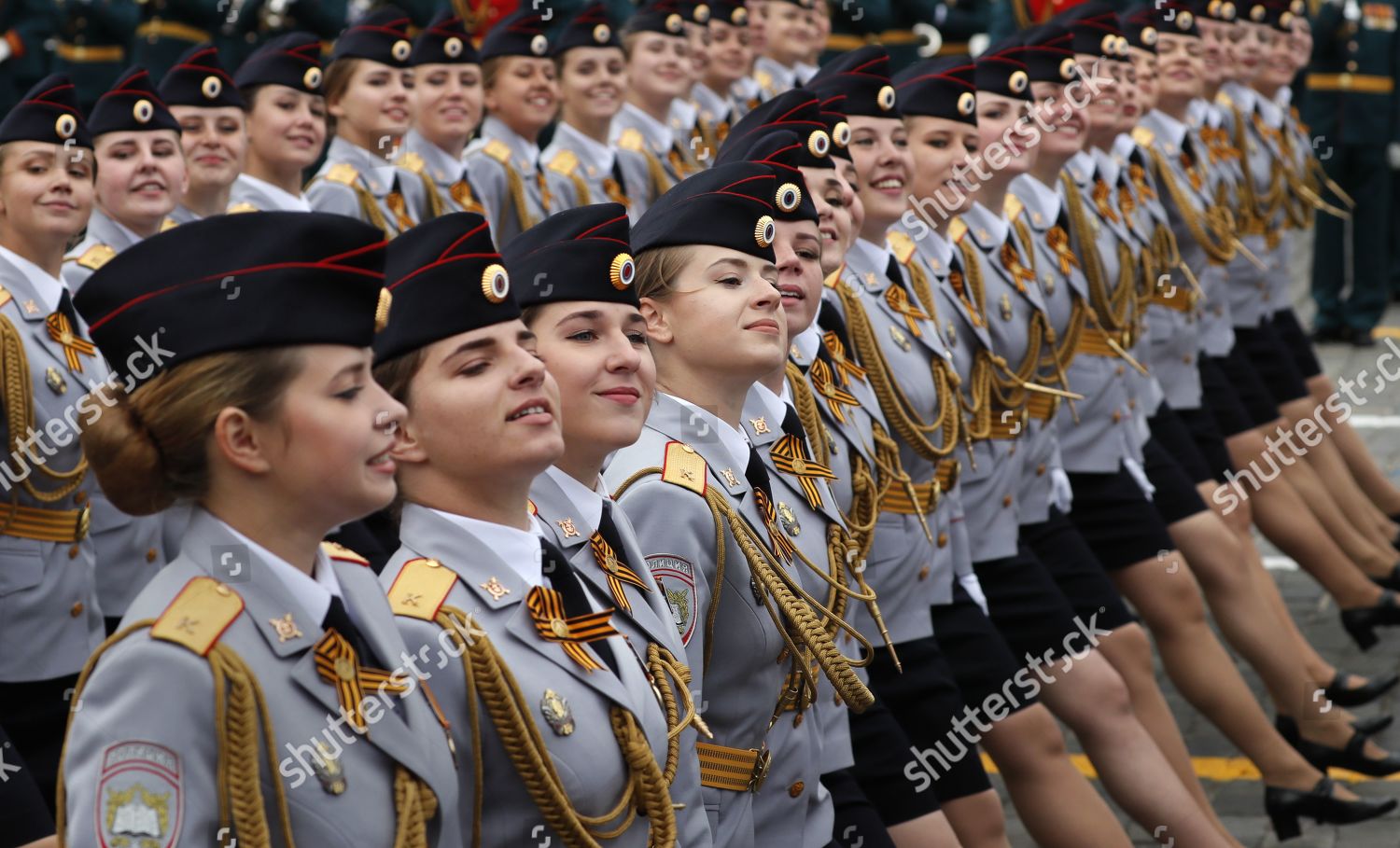Russian Female Military - This article includes a general list of references, but there are not enough corresponding online citations. Please help improve this article by providing more accurate citations. (September 2008) (Learn how and why to remove this message template)
Women in the Russian and Soviet armies played many roles in their country's military history. Wom played a significant role in the world wars in Russia and the Soviet Union, especially during World War II.
Russian Female Military

Wom served in small numbers in the Russian armed forces in the early stages of the war, but their numbers increased after heavy Russian losses, such as the Battle of Tannberg and Masurian Lakes, and the need for increased manpower. One such recruit was Maria Bochkareva, who served in the 25th Reserve Battalion of the Russian Army. After the abdication of Nicholas II of Russia in March 1917, she convinced Acting Prime Minister Alexander Kersky to allow her to form a women's battalion. The Women's Battalion recruited women between the ages of 13 and 25 and called for support in a series of public rallies, listing approximately 2,000 soldiers. The battalion fought during the June offensive against German forces in 1917. Three months of fighting reduced their numbers to about two hundred and fifty.
A Female Russian Soldier Takes Photos On The Red Square After The Victory Day Military Parade To Mark The 72nd Anniversary Of The Victory Over Nazi Ge Stock Photo
Wom's Battalion was disbanded after the failed military coup known as the Kornilov Affair. Its leader, Geral Lavra Kornilova, was strongly supported by Bačkarova, and Wom's Battalion was identified as a potential sympathizer. Most of the members of the battalion were reformed into the First Petrograd Women's Battalion. This group was in the Winter Palace on the night of the Bolshevik Revolution, along with a detachment of untrained cadets and a regiment of cyclists. They fought but were ultimately defeated, despite the fact that only 5 people were killed during the attack on the Winter Castle. The triumphant Bolsheviks officially disbanded the group.
Several women pilots from the First World War are known, one example being Sofija Alekseevna Dolgorukova. Princess Eugia Shakovskaya was commissioned as a gunner and scout pilot, having volunteered for the Imperial Russian Air Service in 1914 (one of the first female military aviators in the world) and flew missions with the 26th Air Corps Squadron in 1917 for nine months. Due to her ties to the imperial family, she was demobilized after the October Revolution. Lyubov A. Golanchikova was a test pilot who gave her plane to the Imperial armies; Hel P. Samsonova was assigned to the 5th Corps Aviation Squadron as a scout pilot. And in 1915, Nedeshda Degtereva was the first female pilot to be injured in combat during a reconnaissance mission over the Austrian front in Galicia.
Wom played a role in most of the armed forces of World War II. However, in most countries, women are mainly engaged in administrative, medical and support roles. But in the Soviet Union, women also fought on the front lines. More than 800,000 women served in the Soviet armed forces in World War II, mostly as doctors and nurses, representing more than 3 percent of all personnel; about 200,000 were decorated. 89 of them eventually received the Soviet Union's highest award, the Hero of the Soviet Union, serving as pilots, snipers, machine gunners, tankmen and partisans, as well as in support roles.
For Soviet women aviators, the instrument of this change was Marina Raskova, a famous Russian aviator. Raskova became a famous aviator as a pilot and navigator in the 1930s. She was the first woman to become a navigator in the Soviet Air Force in 1933. Raskova is credited with using her personal connections with Joseph Stalin to convince the military to establish three combat regiments for women. The Soviet Union was the first nation to allow female pilots to fly combat missions. These regiments with a strength of almost one hundred female airmen flew a total of over 30,000 sorties, produced more than twenty Heroes of the Soviet Union and included two fighter aces. This military unit was initially called the 122nd Aviation Group while all three regiments were trained. After training, the three regiments were officially designated as the 586th Fighter Aviation Regiment,
Ukraine's Women Fighters Reflect A Cultural Tradition Of Feminist Independence
The Soviet Union also used women for sniper duties, and to good effect, including Nina Alekseevna Lobkovskaya and Lyudmila Pavlichko (who killed more than 300 enemy soldiers). The Soviets found that sniper duties suited them well, as good snipers are patient, cautious, deliberate, and must avoid tactical close combat. Wom also served in non-combat roles as doctors, nurses, communications personnel, political officers, and to a lesser extent as machine gunners, tank drivers. Manshuk Mametova
She was a machine gunner from Kazakhstan and was the first Asian woman to be awarded the title of Hero of the Soviet Union after she refused to stand down with the rest of her regiment.
One of the most famous was Zoya Kosmodemyanskaya, who was posthumously awarded the title of Hero of the Soviet Union on February 16, 1942.

The youngest woman to become a Hero of the Soviet Union was also a resistance fighter, Zinaida Portnova.
Russian Female Soldier With A Gun
After the war, most women left the armed forces. Those who remained in the post-war careers in the military saw old attitudes return, and promotion and opportunities more difficult. Also, some military academies have closed their doors to women despite the supposed official policy of equality. In 1967, Soviet conscription laws concluded that women were the largest source of available soldiers during periods of large-scale mobilization. Therefore, during the height of the Cold War, various programs were established to add value to the list. Some examples are participation in military youth programs and forced participation in reserves for ex-military women up to the age of 40. The colleges contained reserve officer training that followed a post in the reserves themselves, especially for paramedics. But then some roles that were played during the war were banned.
In 1992, when the recruitment of non-commissioned officers and military personnel became voluntary or contract recruitment, women were given the same rights as m to join the Russian armed forces.
Between 1990 and 1999, the percentage of women in the armed forces rose from 3.5% to almost 10%.
Smirnov (2002) cited a September-November 1999 study he and his colleagues conducted on a representative sample of 993 female soldiers, which showed that female soldiers generally had a much higher level of education than their male counterparts, their average age being about 30 years. years and gained significant experience.
Women Will Serve In Russia's Airborne Troops
However, the socio-economic conditions of women in Russia were deteriorating ("women forced to leave paid work due to unpaid domestic work, irregular employment and unemployment constitute an urgent social problem in Russia"
According to research from 1999, 67.9% of military women were married and represented 57.1% of the total number of military women who had children (71.4%); all other female soldiers had a much lower chance of having children.
There was also a clear connection between education and motherhood: the more educated people were, the fewer children they had.

Smirnov noted that divorce rates rose and marriage rates fell in the 1990s; He stated that divorcees and widows are the 'least socially protected group', because they are often poorer, and many of them are homeless.
Sexy Female Cadets In Soviet Style Uniforms Steal The Show At Putin's Victory Day Parades
53.9% of the surveyed women believe that the husband should work to support the family, and the wife should take care of the house; these women entered military service only because of 'material hardship', because they did not (yet/already) have a husband or partner or their husbands or partners (probably temporarily) could not earn enough money for the whole family.
29.2% of Russian military women said that 'married women should work under equal conditions with their husbands'. The work enabled them to more fully realize their own potential, gain a certain independence, gain the respect of colleagues and achieve creative success that would not be possible at home, without neglecting (potential) family interests, the research showed.
8.7% of military women stated that their labor rights were violated in some way, such as 'promotions' (33.2%), 'assigned to positions with less financial support' (31.6%) and 'deprived of perspective' '. solve the housing issue' (41%), while 57.1% are not sure whether they were discriminated against or not.
Single mothers, married women, divorcees and widows were far less likely to be promoted to higher positions 'because their superior officers [were] firmly convinced that family concerns would prevent them from fulfilling their official duties.'
Ukrainian Counterattacks Push Russian Army East Of Kyiv
Only 3,300 women (2.9%) were officers, mostly in lower positions, and usually in charge of clerical tasks "that I don't know [d] for some reason," forcing women in the service to "take responsibility for tasks that are not your own". more prestigious.'
As of 2002, 10% of the Russian Armed Forces (100,000 of the total active force of 988,100) were formed according to the International Institute for Strategic Studies,
A 2016 TASS article stated, "In the early 2000s, more than 90,000 women served in the Russian armed forces," but that number had fallen to "around 45,000" in 2011.

Military drone range, laser range finder military, military range bags, military range targets, long range military radio, military radio range, military range finder, military long range binoculars, range rover military discount, military range rover, range of military drones, military range bag
0 Comments